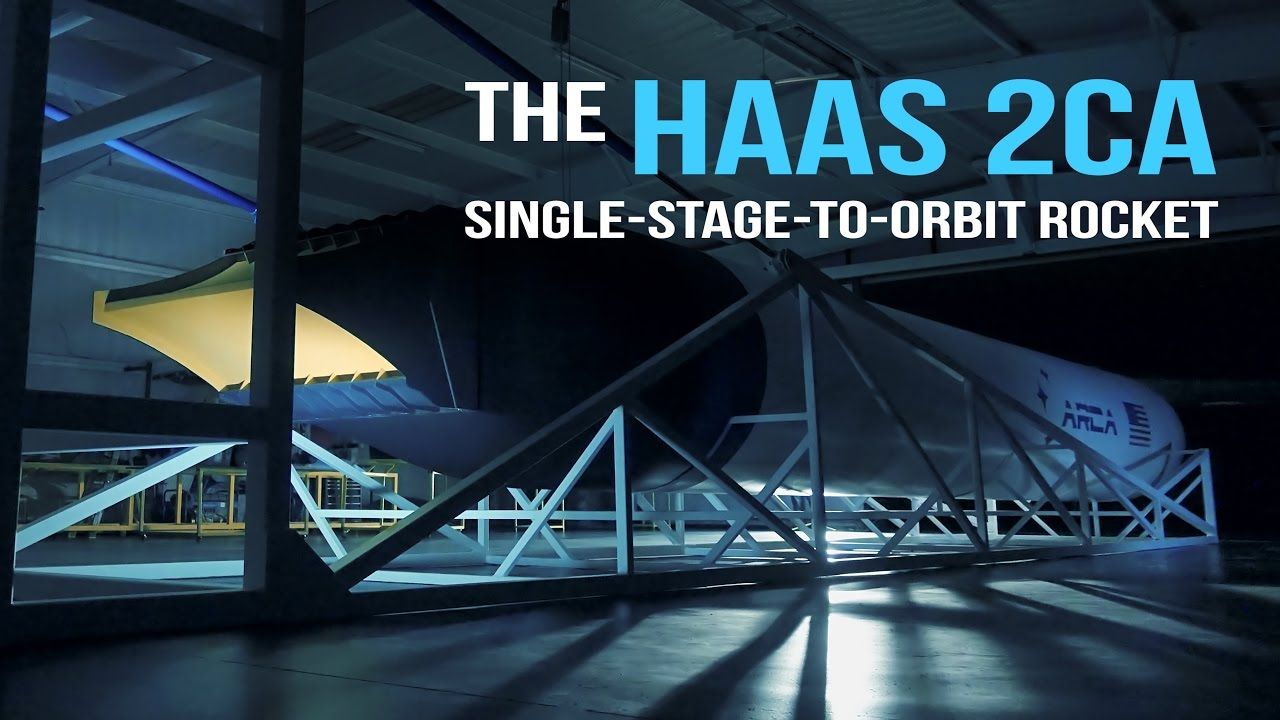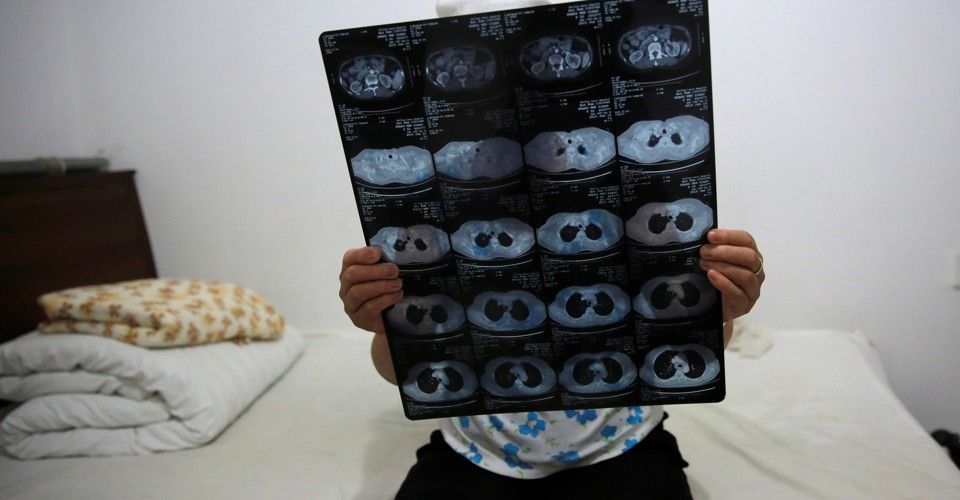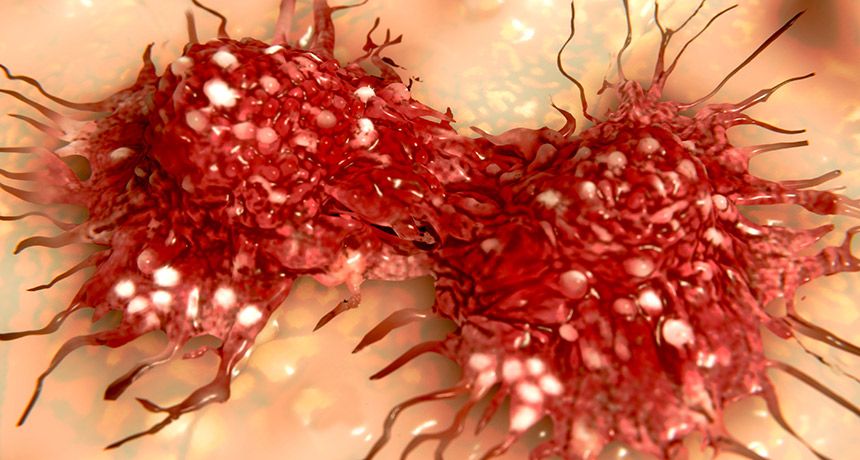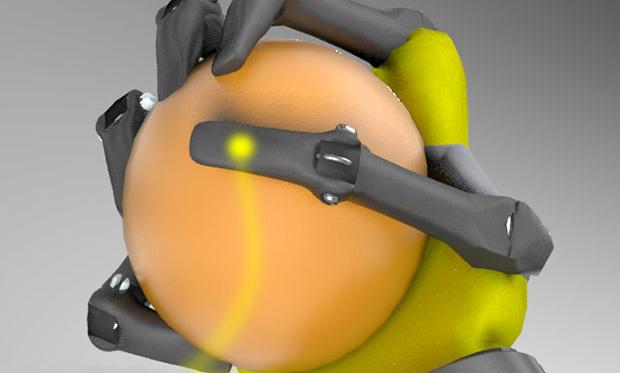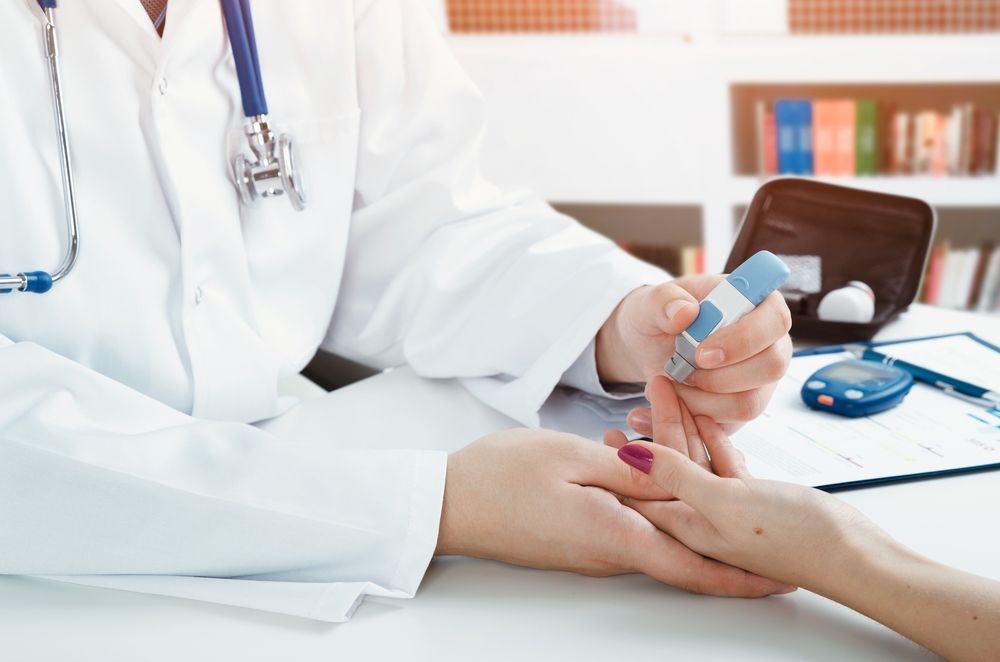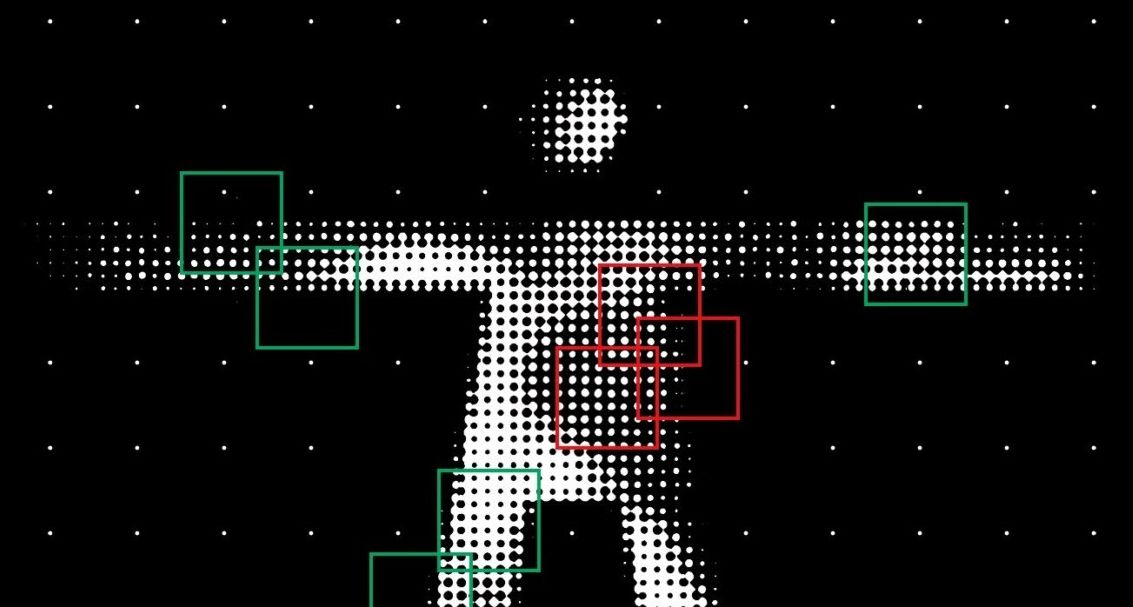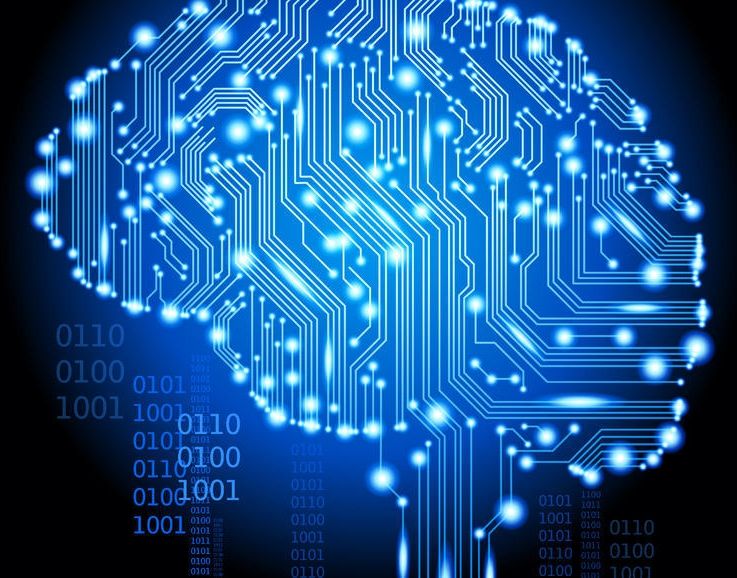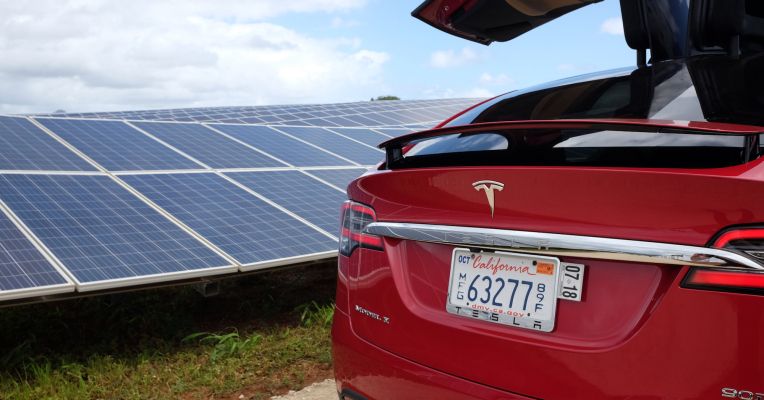Another biomarker of senescent cells could be p16, a protein whose levels increase when cells stop dividing if old and also a protein whose gene is turned off in many human cancers.
Coming back to our topic – designing senolytics that avoid the apoptosis of young, healthy cells – the ideal senolytic should accomplish two things: –turn on p53 at increased levels to determine stubborn, senescent cells to commit suicide –do that on senescent cells only.
And in order to accomplish the second part, such a drug should be ‘programmed’ to only act on those cells where it recognizes senescence-associated biomarkers. There is no single biomarker today that stains positive or negative on all types of senescence cells, but increased levels of beta-galactosidase and p16 proteins could be a welcome start to identify old cells in vivo when designing such a drug.

